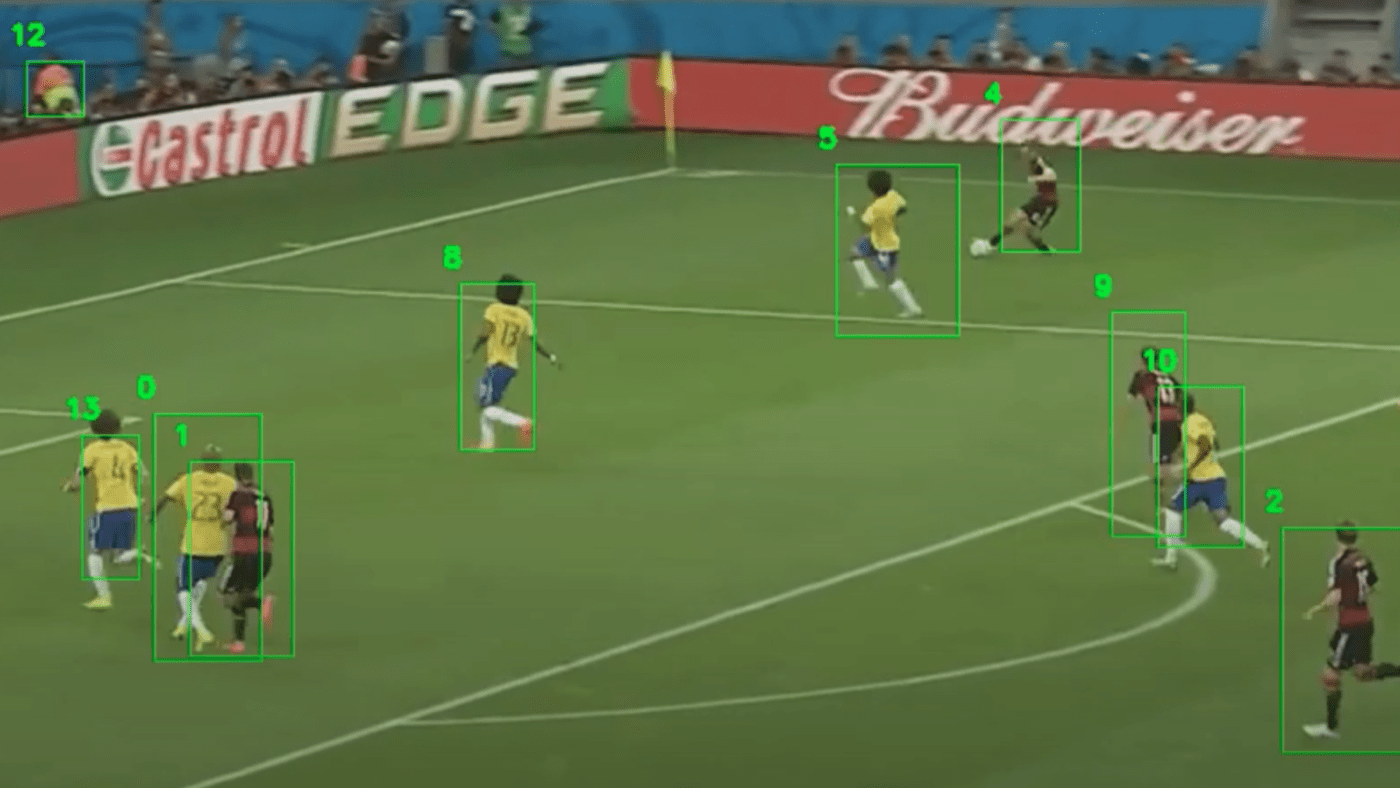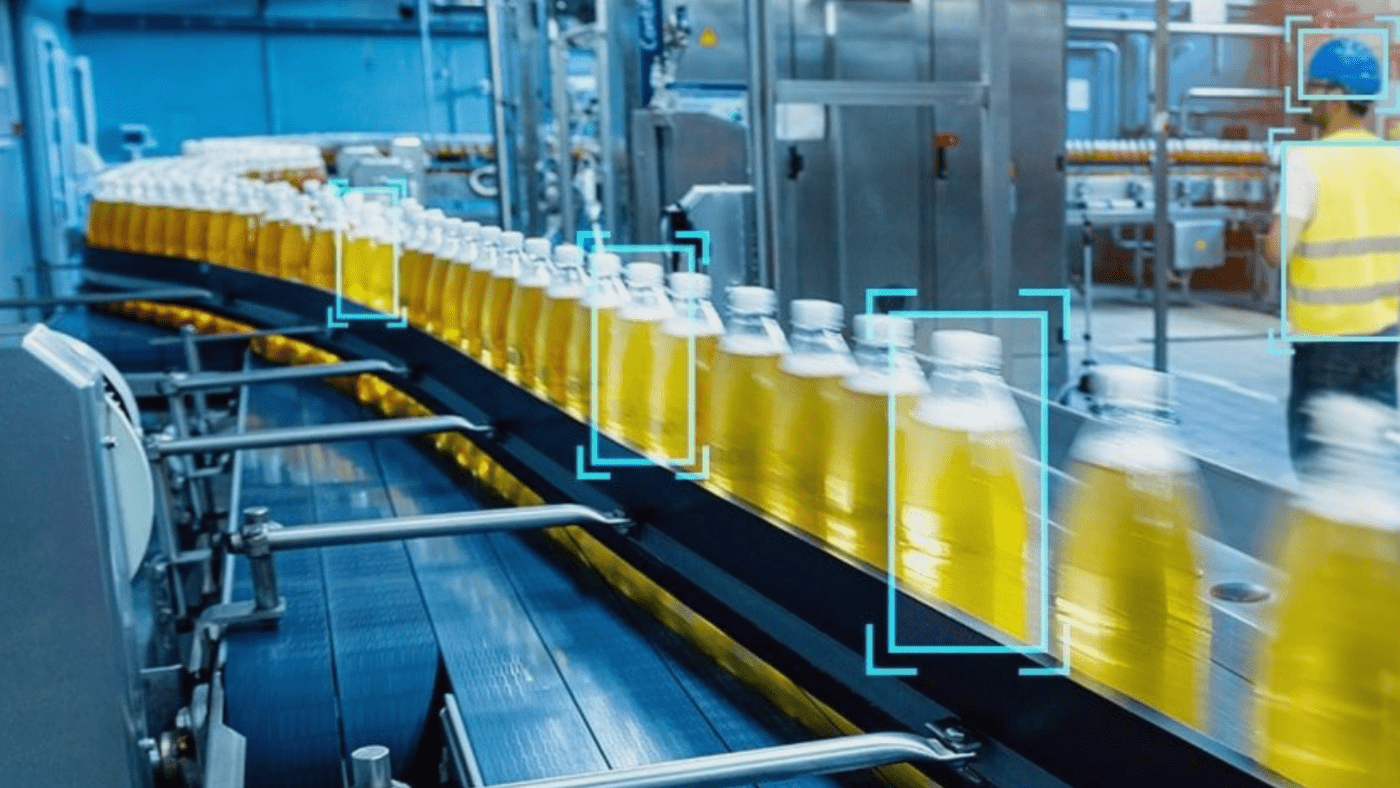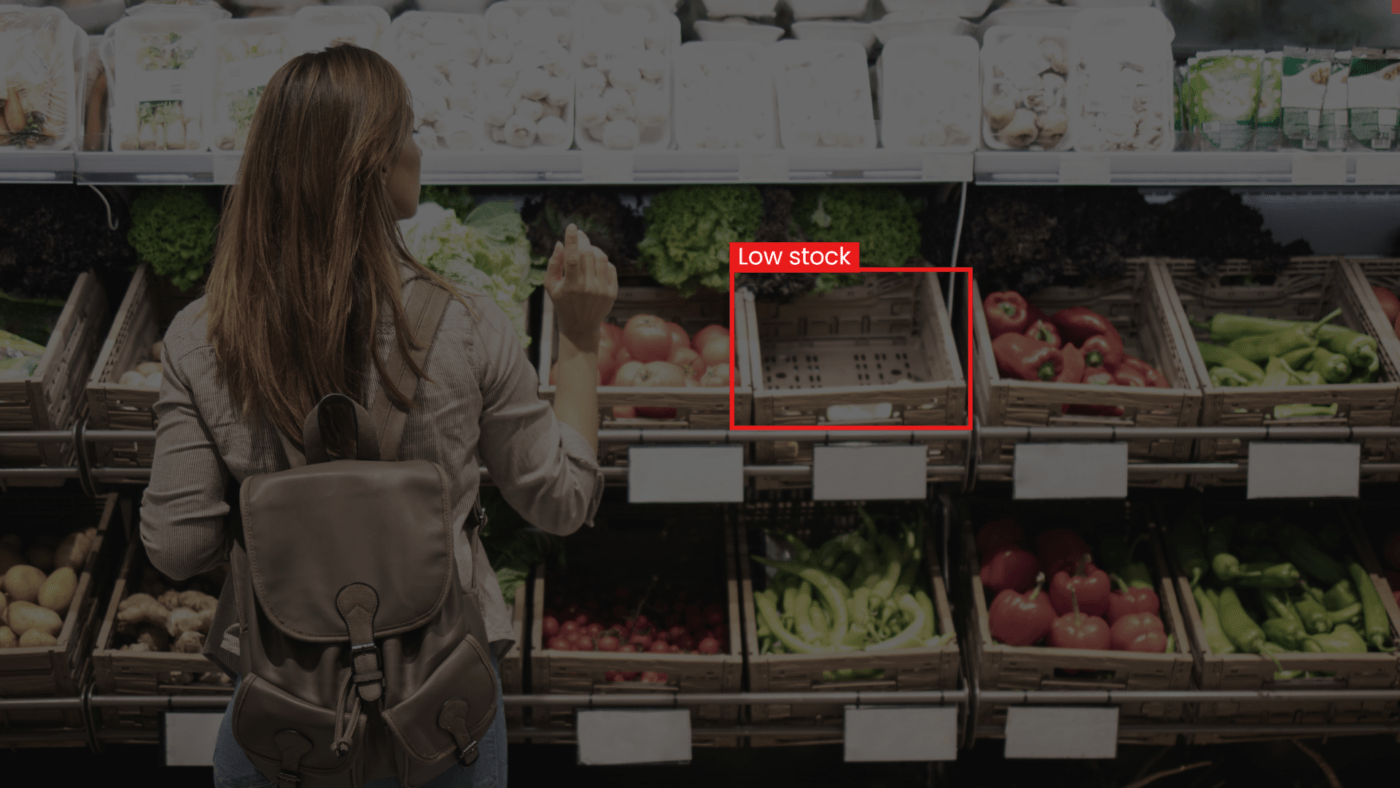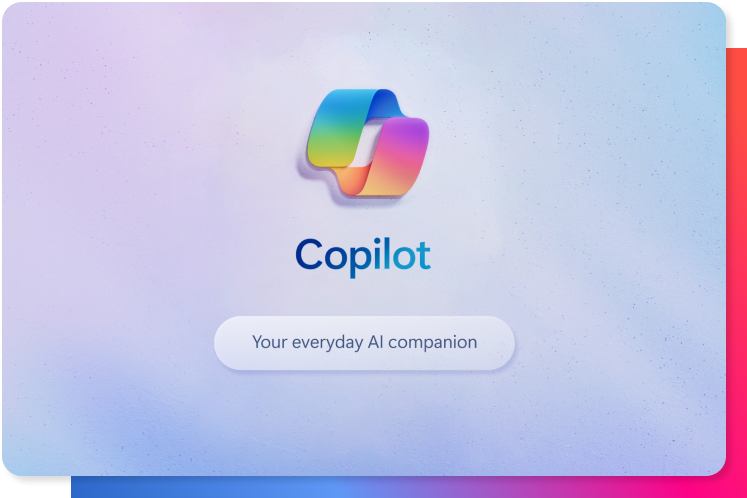In an era where digital transformation dictates market leadership, computer vision (CV) is emerging as a force multiplier for innovation across industries. With an estimated market value projected to reach $41.11 billion by 2030, CV is no longer just a research-driven curiosity—it is a business imperative. From refining medical diagnostics with near-perfect accuracy to optimizing supply chain efficiencies through automated visual inspections, the applications of computer vision are expanding at an unprecedented pace (Grand View Research, 2023).
This rapid evolution is fueled by three key factors: improved data insights, advancements in computing power, and a growing diversity of applications. Computer vision has transitioned from simple object classification to understanding complex scene interactions, generating images from text, and even predicting human intent. These advancements are made possible by the explosion of visual data, sophisticated deep learning models, and powerful hardware accelerators, such as GPUs, NPUs, and TPUs. With machines now capable of interpreting vast amounts of visual information at superhuman speeds, businesses are racing to leverage this technology to drive efficiency, enhance customer experiences, and unlock new revenue streams (McKinsey & Company, 2024).
Computer vision in sports: Unlocking competitive advantage
Few industries stand to gain as much from computer vision as sports. With teams and organizations constantly searching for a competitive edge, the ability to extract precise, real-time insights from game footage is transforming everything from performance analytics to injury prevention. By leveraging machine learning and pattern recognition, computer vision systems can track player movements, assess strategy effectiveness, and even enhance the fan experience. As these technologies mature, they are poised to redefine how athletes train, how coaches strategize, and how audiences engage with their favorite sports.

Precision player tracking
Automated video analysis enables coaches to track player movements, positioning, and tactics with high accuracy. AI models analyze patterns, identify inefficiencies, and even predict game actions—helping teams refine their strategies and maximize performance.
Injury prevention with motion analysis
Pose estimation and biomechanics tracking allow AI systems to detect movement irregularities that may lead to injuries. Athletes receive real-time feedback on posture and joint alignment, reducing risks and improving training safety—whether in professional sports or personal fitness apps.
Enhancing the fan experience
Computer vision-powered cameras intelligently frame key moments, replacing generic panoramic views with action-focused shots. Additionally, AI-driven fan engagement analysis helps teams and sponsors tailor in-game experiences, optimizing marketing efforts.
Ensuring precision: Computer vision in quality control
Manufacturing and production have long depended on human vision for quality control, but manual inspection is inherently limited—prone to errors, time-consuming, and costly. As industries strive for greater efficiency and standardization, computer vision is emerging as the superior alternative, offering automated, high-precision defect detection at scale.

Eliminating human error, maximizing accuracy
Computer vision-driven quality control systems use advanced imaging and AI-powered pattern recognition to inspect products with unparalleled accuracy. Unlike human inspectors, who may experience fatigue or overlook minute defects, machine vision systems operate with consistent precision, detecting imperfections in shape, texture, or color that could compromise product integrity. In the food industry, for instance, AI categorizes items by visual properties, ensuring uniformity in packaging and presentation. In automotive assembly lines, computer vision enables real-time defect detection, preventing faulty components from progressing through production.
Speed, efficiency, and scalability
Traditional quality control methods are labor-intensive and slow. AI-powered inspection systems, by contrast, process thousands of products per minute without requiring human intervention. This enhances efficiency in high-volume manufacturing environments, such as electronics and pharmaceuticals, where rapid defect identification is crucial. Real-time data analysis further strengthens production oversight, allowing manufacturers to address recurring issues, optimize processes, and reduce waste.
Seamless integration with industry 4.0
Beyond individual inspections, computer vision seamlessly integrates with broader industrial automation strategies. Logistics hubs use AI-powered vision for packaging verification and barcode scanning, while security applications track personnel movement within manufacturing facilities. These systems enhance compliance, improve operational flow, and support predictive maintenance—driving smarter, more resilient production lines.
As industries transition toward AI-powered quality control, computer vision is setting new benchmarks in accuracy, efficiency, and reliability. Manufacturers that embrace this technology will gain a competitive edge, minimizing errors while maximizing productivity and cost savings.
Smarter Retail: Computer vision’s transformative role
Retail is undergoing a fundamental transformation, driven by shifting consumer behaviors and the need for operational excellence. As e-commerce and brick-and-mortar stores converge into seamless shopping experiences, retailers must leverage advanced technologies to stay competitive. Computer vision is at the forefront of this shift, optimizing inventory management, improving customer interactions, and reducing losses. By integrating AI-driven visual intelligence, retailers can enhance efficiency, elevate customer satisfaction, and drive revenue growth.

Optimizing inventory and supply chain operations
Managing inventory at scale has long been a challenge for retailers. Stockouts lead to lost sales, while overstocking erodes margins. Computer vision solutions provide real-time visibility into stock levels, using AI-powered cameras and smart shelves to track inventory movement. Automated scanning detects misplaced items, while visual recognition enables predictive analytics for demand forecasting. This level of automation not only streamlines supply chain operations but also reduces human error, allowing for more agile inventory management.
Enhancing the shopping experience
Personalization and convenience are critical in modern retail. Computer vision enables stores to analyze shopper behavior—tracking movement patterns to optimize store layouts and product placements. In fashion and beauty, virtual try-on solutions allow customers to preview clothing or makeup in real time, reducing return rates and improving purchase confidence. Meanwhile, cashierless checkout systems, such as Amazon Go, use AI-powered vision to recognize items in a shopper’s cart, enabling seamless transactions and eliminating long queues.
Reducing shrinkage and preventing theft
Retail shrinkage, driven by shoplifting, employee theft, and operational errors, is a multi-billion-dollar problem. AI-driven surveillance and checkout monitoring systems analyze real-time footage to detect suspicious behavior and unscanned items. Solutions like Everseen’s Visual AI already process vast amounts of video data to identify anomalies, reducing fraud and improving loss prevention. By integrating computer vision into security protocols, retailers can protect revenue while maintaining a frictionless shopping experience.
As the retail landscape evolves, businesses that embrace computer vision will gain a competitive edge—offering superior inventory efficiency, enhancing customer engagement, and minimizing financial losses. In a sector where precision and personalization define success, AI-powered vision is becoming an indispensable tool for the future of retail.







 Español
Español